2017 Honda CBR250RR Announced

Honda‘s Indonesian subsidiary Astra Honda announced the new CBR250RR, the production version of the Light Weight Sports Concept showcased last year at the Tokyo Motor Show. The double-R is a significant step up from the CBR250R, offering aggressive styling, an all-new Twin-cylinder engine, throttle-by-wire, selectable engine modes and other features usually expected from larger-displacement sportbikes.
At the moment, the CBR250RR has only been confirmed for Indonesia and Japan; Honda will likely introduce a larger-displacement version for western markets to compete against models like Yamaha‘s YZF-R3 and KTM‘s 390 Duke.
The CBR250RR is powered by a newly developed water-cooled four-stroke parallel-Twin. No performance figures are available yet, but Honda says it is aiming for class-leading performance. A throttle-by-wire system allows for three selectable power modes to suit different needs.
The chassis is comprised of a steel truss frame with an asymmetric aluminum swingarm design with the right side shaped so the exhaust can be positioned closer to the center line, allowing for a slimmer shape and more lean angle. The swingarm is hooked up to a Pro-link monoshock with five-step preload adjustability. Up front, the CBR250RR uses an upside-down fork.
A twin-piston Nissin caliper is paired with the single 310mm front disc while a single-piston caliper is fitted to the 240mm rear rotor. ABS is optional, at least for the Indonesian market.
The CBR250RR’s face is a menacing grimace that is a dramatic departure from the CBR250R’s relatively friendly visage. The dual LED headlights appears to match the design patent that we first uncovered in April. The sharp lines continue through the sculpted 3.8-gallon fuel tank design and back towards the sharp tail.
The 2017 Honda CBR250RR is offered in three colors: Anchor Graymetallic, Honda Racing Red and Mat Gunpowder Black Metallic.
2017 Honda CBR250RR Specifications | |
|---|---|
| Engine Type | 4-stroke, 8-valve, parallel-Twin cylinder |
| Displacement | 249.7 cc |
| Cooling System | Liquid cooled with auto electric fan |
| Fuel Supply System | PGM-FI |
| Throttle System | Throttle-by-wire system with accelerator position sensor |
| Bore x Stroke | 62.0 x 41.4 mm |
| Compression Ratio | 11.5 : 1 |
| Transmission Manual | Manual, 6-speed |
| Starting System | Electric starter |
| Clutch System | Multiplate wet clutch with coil spring |
| Oil Capacity | 0.5 gallons |
| Frame Type | Truss Frame |
| Front Brake | Hydraulic disc, dual piston (STD Type & ABS Type) |
| Rear Brake | Hydraulic disc, single piston (STD Type & ABS Type) |
| Front Suspension | Inverted telescopic front suspension |
| Rear Suspension | Aluminum swing arm (5-way adjustable mono suspension with Pro-Link system) |
| Front Tire Size | 110/70 – 17 54S (tubeless) |
| Rear Tire Size | 140/70 – 17 66S (tubeless) |
| Length | 81.1 inches |
| Width | 28.5 inches |
| Height | 43.2 inches |
| Wheel Base | 54.7 inches |
| Ground Clearance | 5.7 inches |
| Seat Height | 31.1 inches |
| Fuel Tank Capacity | 3.8 gallons |

Dennis has been a part of the Motorcycle.com team since 2008, and through his tenure, has developed a firm grasp of industry trends, and a solid sense of what's to come. A bloodhound when it comes to tracking information on new motorcycles, if there's a new model on the horizon, you'll probably hear about it from him first.
More by Dennis Chung



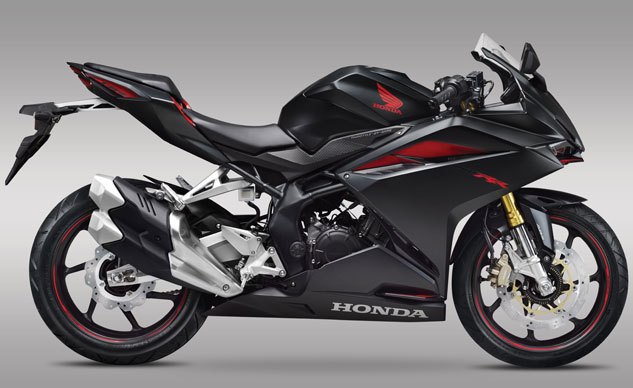
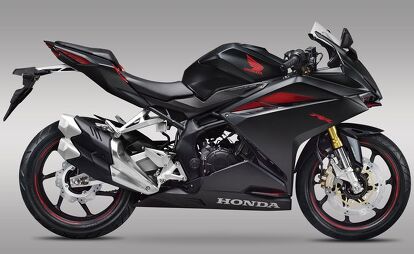













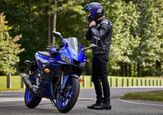
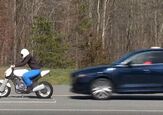
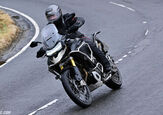
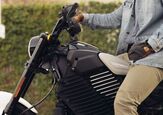
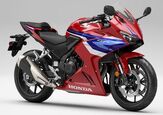
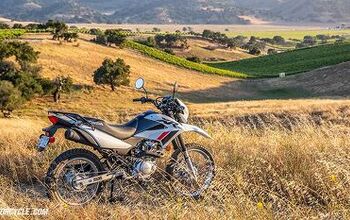

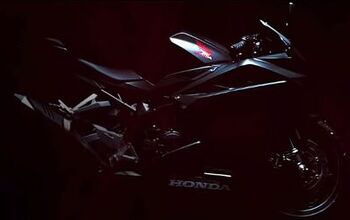
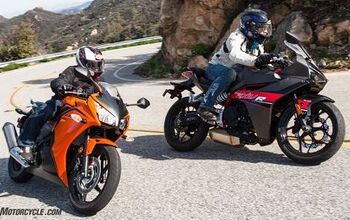
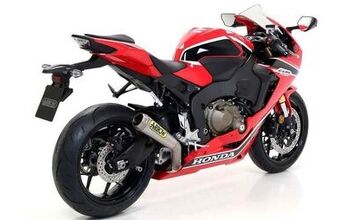
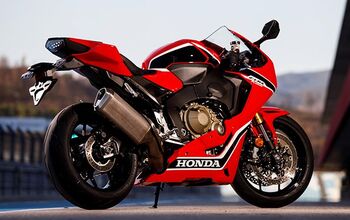
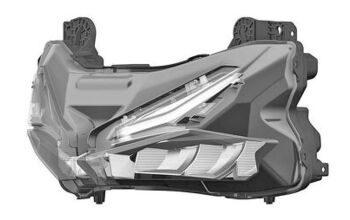

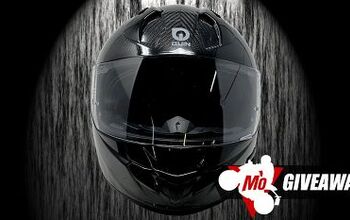
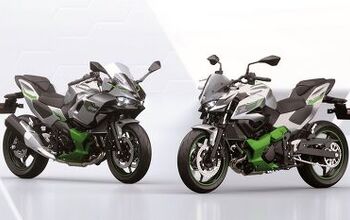
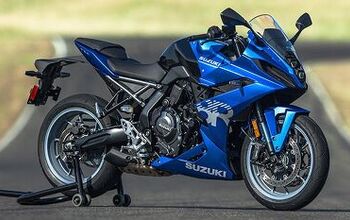
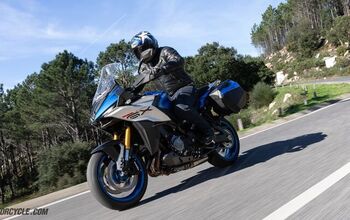


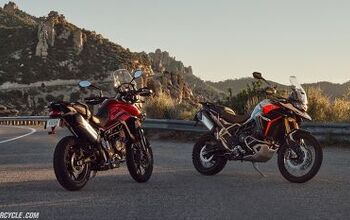
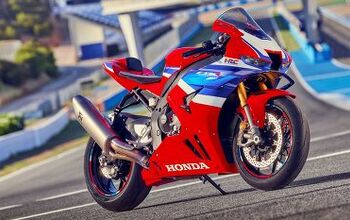
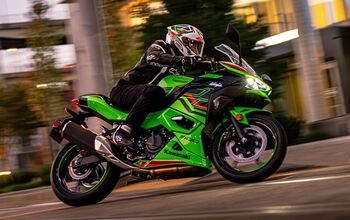
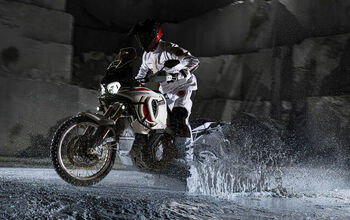
Comments
Join the conversation
would be awesome if they got it around 200lbs or less dry.
I believe this is the class leading 250 bike. Oh wait a minute, the 250s are only sold in third world countries. The 300+ class replaced the 250s in the majority of the world.